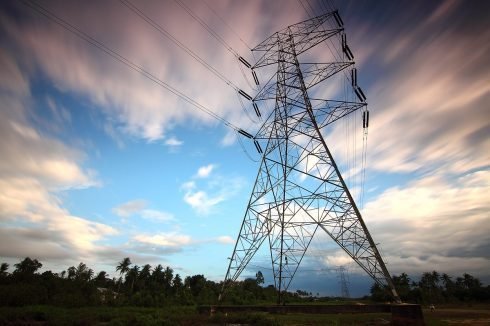A rise in the level of renewable energy power generation saw fossil fuel generation fall to record lows last month for the second successive August. Generation from fossil fuels amounted to just 8.7TWh last month, only marginally higher than the 8.6TWh posted in August 2017. These figures represent the lowest levels of fossil fuel generation in a single calendar month since the Second World War.
Comment from Rob Lalor, senior analyst at EnAppSys:
For the second August running, the GB power market has seen record low levels of fossil fuel generation driven by low demand for electricity and growth in levels of renewable generation. This occurred despite reduced levels of nuclear and wind generation in 2018.
The summer months of the year typically see lower levels of electricity demand against the levels seen across winter months – demand last month was down 27% on the 12-month high – but rising levels of renewables generation in the summer months have been key to reductions in emissions over time.
Levels of wind generation are typically far higher during winter months, but solar generation will peak during the sunniest periods of the year. This offers a complementary balance between the fuel types and although last month levels of renewable generation were down 31% from the 12-month high, renewables still provided a quarter of all generation.
That 12-month high came in January 2018, when levels of wind generation were at their peak for the year, but with higher levels of electricity being used in winter, fossil fuel generation amounted to 13.5TWh during that month. This leaves summer – and in particular, August – as the cleanest month of the year, with levels of emissions below those noted at any other time.
Despite this, nuclear continued to provide 27% of power in August 2018 – marginally more than that provided by all renewable sources – but this remains a summer trend that has been evolving over time as demand has fallen and levels of renewable generation have climbed.
Back in August 2008, fossil fuel generation levels peaked at 19.2TWh – 55% higher than those recorded in the month just past. The largest contributor to this decrease has been reduced levels of electricity demand, driven by increased energy efficiency and the closure of energy-intensive industry over time. These factors alone account for 4.9TWh, or 46%, of the overall reduction.
Over the same period, increased levels of renewable generation triggered an additional 4.1TWh fall in fossil fuel generation, or 39% of the reduction – with the remaining 1.6TWh coming from other sources.
These combined forces have turned August into an increasingly clean month for the power market – indeed, the cleanest calendar month of the year in modern times. If levels of solar capacity start to rise once again, this trend should see significant uplift; otherwise, growth will depend very much on the fortunes of the wind and nuclear fleets in the market.
Details at www.enappsys.com










